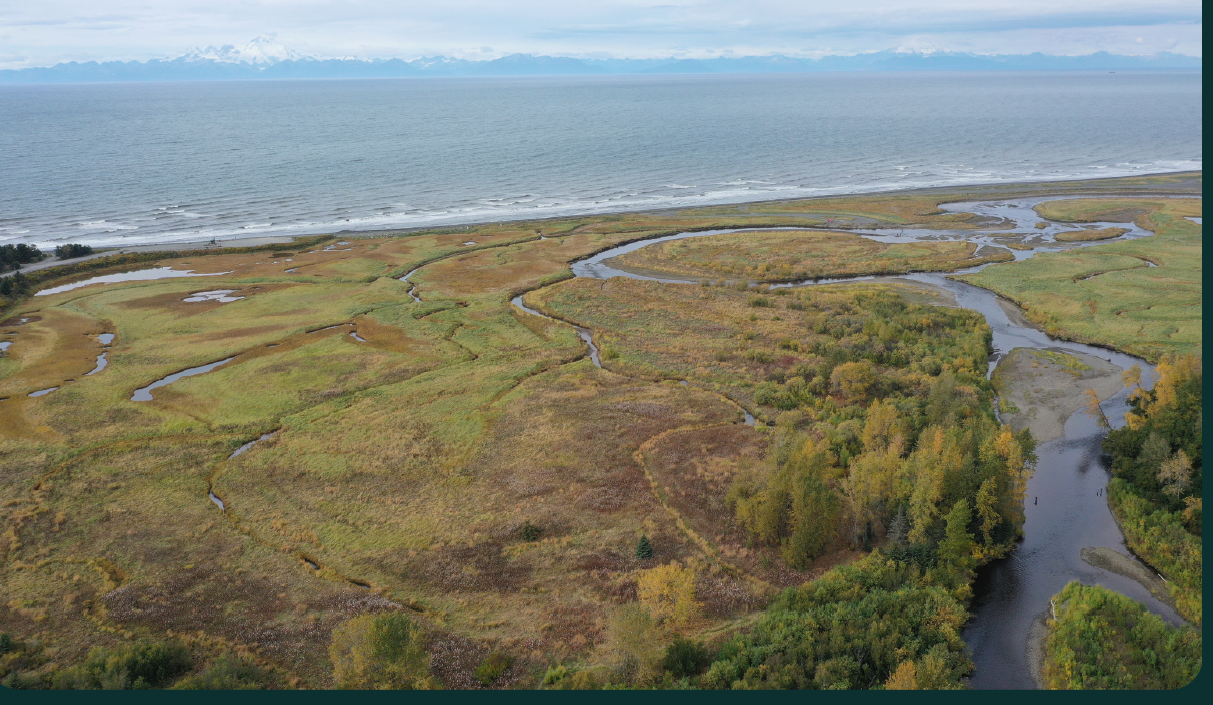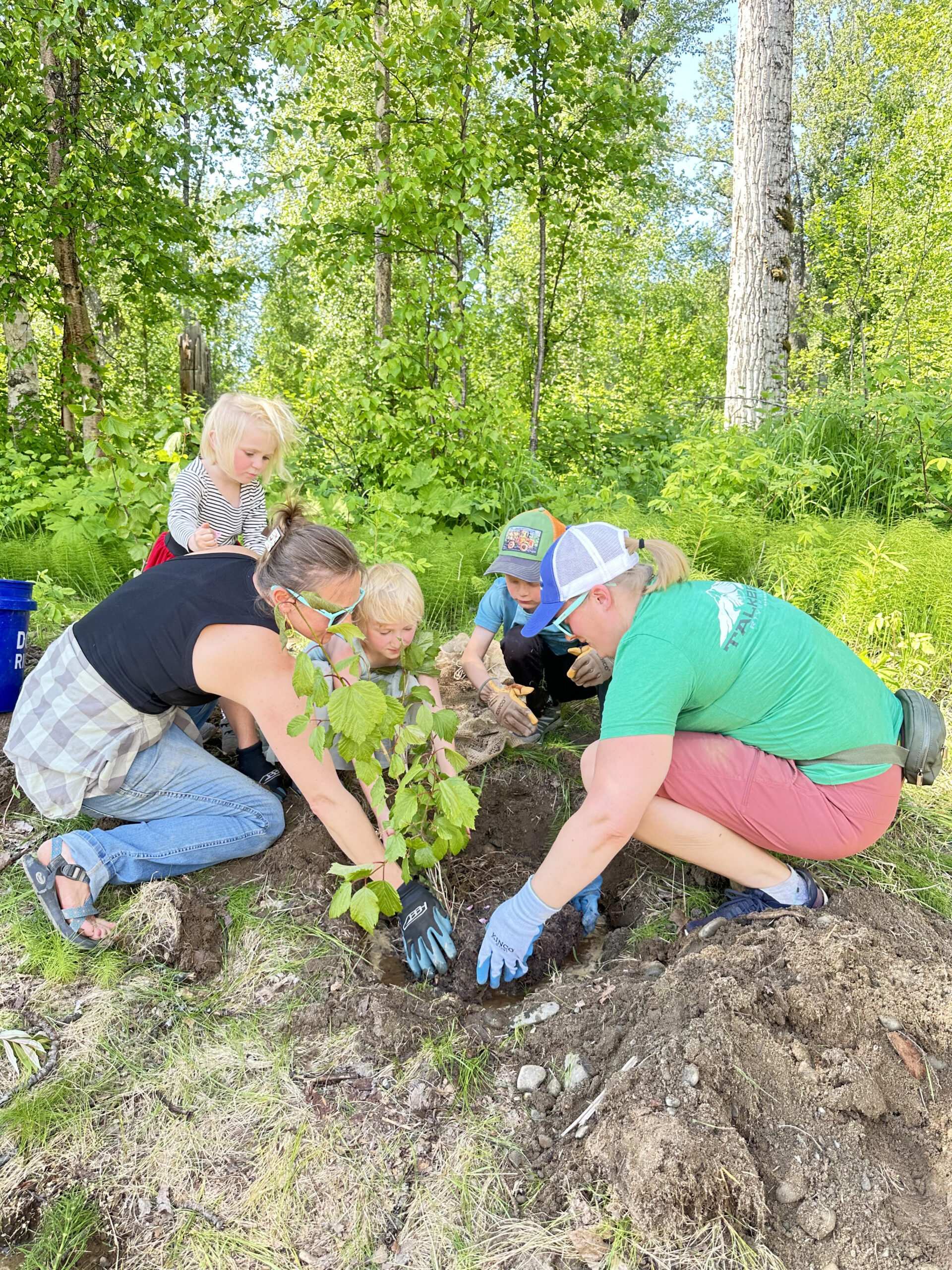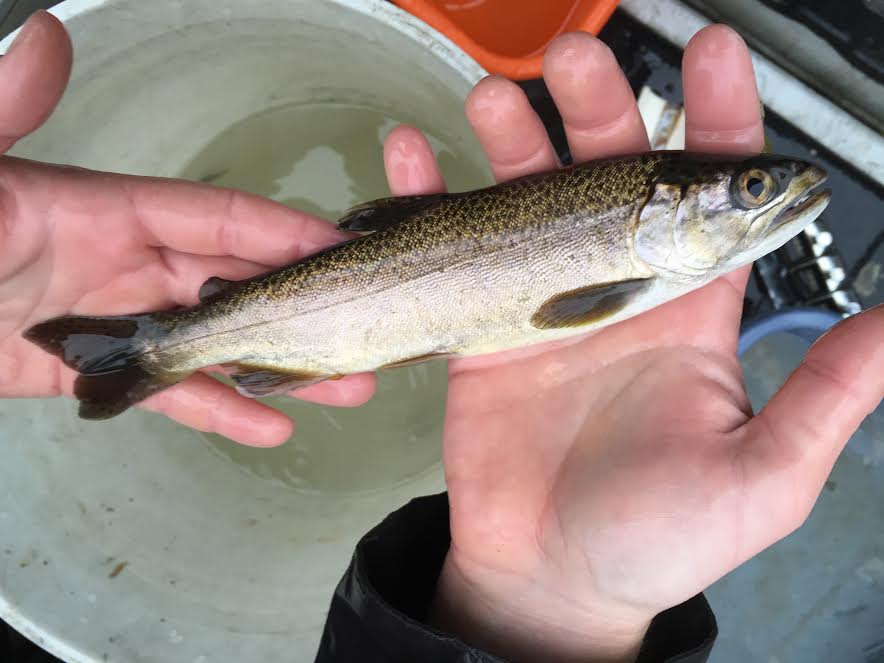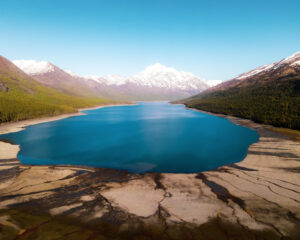
Known to its ancestral inhabitants as Idlughet, this area is among the traditional lands of the Eklutna Dena’ina who would overwinter along the shores of Eklutna Lake (Idlu Bena). The Eklutna River, Idlughentnu, and its wild salmon runs have long supported the Eklutna Dena’ina, however historic hydroelectric development on the river has greatly diminished the formerly flourishing salmon fisheries. The Eklutna River is the historical connection between the glacier-fed Eklutna Lake and the Cook Inlet.
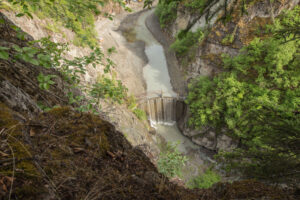
The initial Eklutna Hydroelectric dam, built in 1929, blocked the migration of spawning salmon and was the first of two severe impacts to the Eklutna River system by hydroelectric projects. Over the course of 2017 and 2018, the defunct lower Eklutna dam was successfully removed in the most ambitious river restoration project ever attempted in Alaska. The Conservation Fund, the Native Village of Eklutna and Eklutna Inc. completed the 5- year, $7.5 million effort to remove the Lower Eklutna River dam.

With removal of the lower dam, for the first time in nearly a century, salmon can access the 8 miles of habitat up to the Eklutna Lake. However, the diversion dam at the out flow of Eklutna lake blocks fish passage and prevents the release of water to support salmon and allow their full and adequate use of the recently reconnected habitat. The Eklutna Hydroelectric Project owners are legally obligated to make up for impacts to fish and wildlife, and stakeholders are engaged to help return salmon and water to the Eklutna River.Native Village of Eklutna, The Conservation Fund, Trout Unlimited, and The Alaska Center formed the Eklutna River Restoration Coalition, together the coalition is working to bring back a healthy and fully functioning river by ensuring free passage for fish and enough water in the river to support five species of salmon.
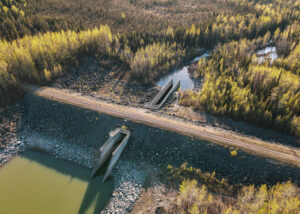
All the water that would flow down the Eklutna River is currently diverted from its natural course. 90% of the water in the lake is pumped through the Eklutna Hydroelectric Project to create 3- 6% of electricity for the area. The remaining 10% of the water provides the majority of Anchorage’s drinking water. It is believed that there is enough water to meet Anchorage’s drinking water needs, create electricity, and support all five species of wild salmon in the Eklutna River. That is what these partners are working toward.
Key project partners in dam removal were The Conservation Fund, Native Village of Eklutna and Eklutna Inc. Funding for the $7.5 million project was provided largely by The Conservation Fund, with additional financial support from the Rasmuson Foundation, the M.J Murdock Charitable Trust, the National Fish and Wildlife Foundation, the Open Rivers Fund of the Hewlett Foundation, Resources Legacy Fund, the Marnell Corporation, the Alaska Sustainable Salmon Fund, Patagonia, Orvis, Wells Fargo, Alaska Community Foundation and National Fish Habitat Partnership.
